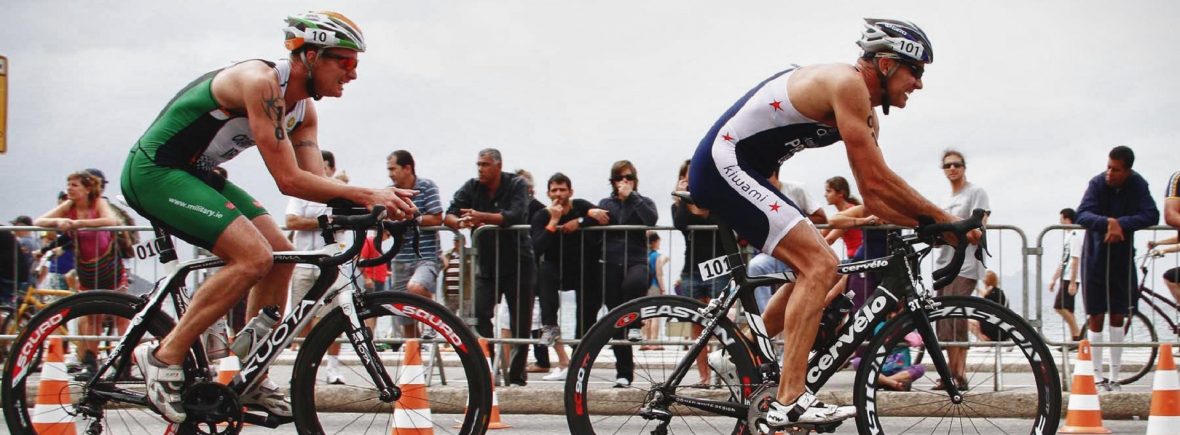Background
The ends of the bones are coated in a smooth, white lining called cartilage. This structure is highly specialised and creates an almost frictionless surface for the knee surfaces to glide against. Any injury to this smooth gliding surface alters these properties and will cause symptoms within the knee. Injuries to the cartilage can be caused by an acute sports injury or chronically as part of a ‘wear and tear’ (arthritic) process.
Symptoms and signs
These may produce a painful grinding, grating or a catching feeling inside the knee. If an injury has taken place that has dislodged a large piece then this may cause your leg to lock or jam in certain positions.
Treatment
Partial Injuries
If the articular cartilage has been damaged from the surface of the knee and the base of this area of damage is intact then a process called chondroplasty can be performed to smooth down the loose, unstable edges of the cartilage. It cannot be replaced and has a very limited natural ability to repair itself.
Full Injuries
Once the joint surface has been damaged then surgery has a salvage role to play. Surgical options depend on where in the knee, the size of the injury, how degenerate, how deep is the loss of cartilage, what is the state of the meniscal tissue around the lesion, is the knee stable and the alignment of your knee and so on… There are many variables as to the success rates of the following techniques and indeed their longevity.
Microfracture (Augmented Microfracture)
This involves cleaning and tidying up the injured area and then making small holes through the bone to allow special cells (stem cells) entry into the knee. The stem cells and blood then form a clot over the treated area to promote new cartilage to form. Newer ‘augmented’ techniques are becoming available. These methods use thick ‘gels’ or ‘scaffolds’ to keep the cells over the treated area for longer to try and produce a better quality of cellular healing. Another technique is called nanofracture which involves creating even smaller, deeper channels into the bone to try and reduce bone damage whilst getting a healing response. Other results have been obtained with small drills and small sharp ‘k-wires’.
Autologous chondrocyte implantation (ACI)
This process involves two operations. First, keyhole surgery is used to take a sample (biopsy) of your cartilage. This is sent to a lab where the cartilage cells are grown and multiplied massively in numbers. A few weeks later a second operation is done through a larger incision where the cells are placed back into the damaged area. The aim is to ‘patch’ the area of cartilage loss with a new growth of higher quality cartilage tissue. ‘Hyaline-like carriage . This cell therapy work began in 1987 with the first results being reported in 1994. Several trials have shown the superiority of ACI over microfracture with one other showing similar results (Knutsen) between the two. From October 2017 NICE have allowed cell therapy to be used providing strict criteria are met.
